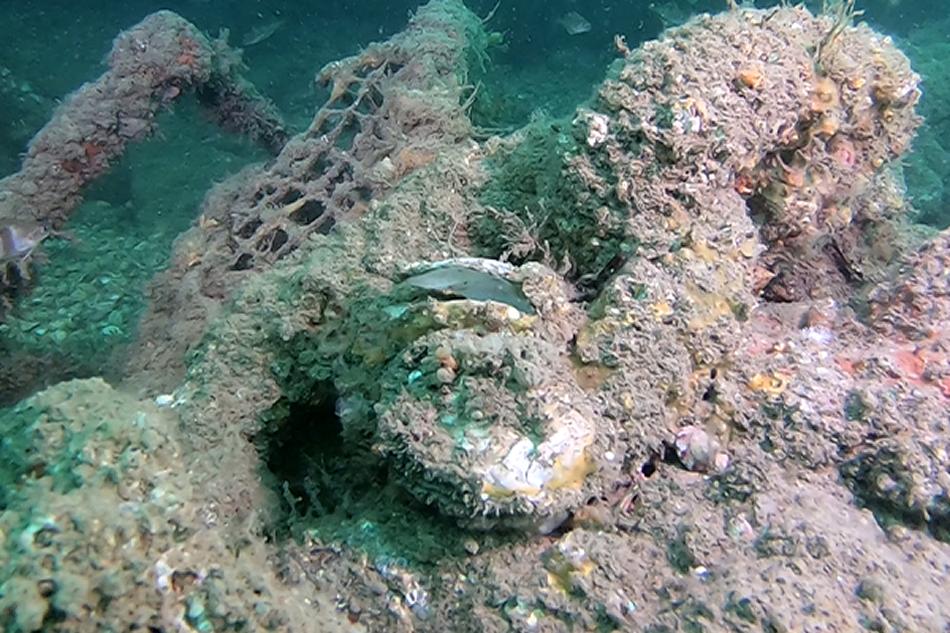
Native oyster shells 35 metres underwater and the discovery of rare spiny seahorse are just some of the unexpected finds highlighted in the newly released Operation Oyster 2022 report.
Launched back in 2021, Operation Oyster is BSAC’s key citizen science project created to enable divers to play a key role in oyster bed restoration around our coastline.
The project’s ‘mission’ is to search for and document evidence of the UK’s native oyster population, which has seen a 95% drop in population numbers over the past 150 years due to overfishing, disease, pollution and habitat loss.
With its first full year now completed, the 2022 Operation Oyster report has highlighted the progress that has been made in establishing the extent of the native oyster’s decline.
The BSAC project is currently working with the BLUE Marine Foundation, Scottish marine charity Seawilding, the Zoological Society of London (ZSL) and the University of Portsmouth. Data collected via the project is also being made accessible to the scientific community.

Operation Oyster coordinator, Andy Hunt, said the 2022 report has also shown the work that still needs to be done:
We have dived the breadth of the UK in 2022 and found evidence of native flat oysters where we weren’t expecting them. However, the project has not yet found any live native oyster reefs or substantial beds. There is hope though. Live native oysters are holding on in places, but just not in the quantity they used to be. A key finding of 2022’s activities was a carbon store of old native flat oyster shells that that may help show us what the seabed used to look like and what we should be aiming to restore.
Key milestones for Operation Oyster in 2022 include:
-
Project dives on three scientific sites in the Solent, which revealed individual native oysters on a range of habitats, including wrecks and reefs
-
A series of Operation Oyster expeditions in the Sound of Mull and Cape Wrath which included a total dive time of 157.7 hours over 191 dives
-
The discovery of a substantial dead native oyster reef functioning as a carbon store in Loch Craignish
-
Identified several other potential historic native oyster sites
-
Created citizen science opportunities for divers and BSAC clubs, including training progression and experience dives
-
Recorded evidence of live native oysters around the UK, including the Isle of Wight, Cornwall, Teignmouth, Donegal and the Sound of Mull.
Buoyed by the success of 2022, Andy said he and the Operation Oyster team were looking forward to consolidating on the project’s progress. More expeditions are now planned, including a return to the Loch Craignish and Jura area in the spring to gain a greater appreciation of what its historic native oyster beds would have looked like 150 years ago.

Andy said that while the project had yet to find a live native oyster reef in the UK, he was looking forward to what 2023 could bring:
Operation Oyster is a long-term project and while a constant focus will be on going diving and getting data, it is ultimately about helping to restore the cold-water equivalent of coral reefs around our coastline,” said Andy.
“And with Operation Oyster, this is also a fantastic chance for all divers to get involved and add an important environmental purpose to their diving.”
Download the report
To download the Operation Oyster Report 2022, or to find out how you can get involved in the project’s 2023 activities go to bsac.com/operationoyster

 Author: Alison Dando | Posted 07 Feb 2023
Author: Alison Dando | Posted 07 Feb 2023



